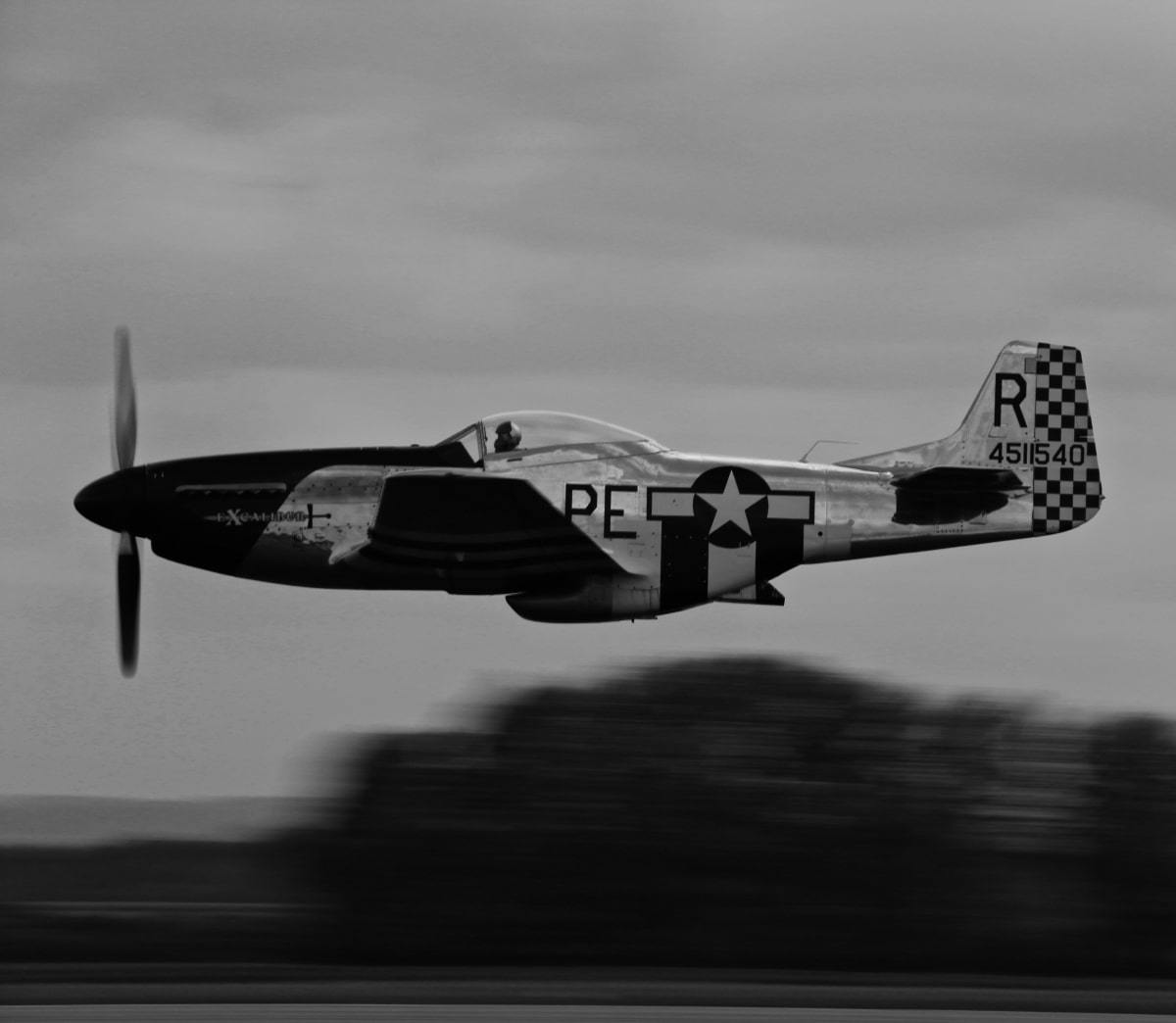Key phrases: fight-flight-freeze
The Vagus Nerve.
I feel there’s far an excessive amount of hype in regards to the vagus nerve lately, particularly provided that the discussions happen with out offering any context for what is going on on a broader emotional and nervous system degree.
For instance:
“The vagus nerve, which runs from the neck to the stomach, is answerable for turning off the ‘combat or flight’ reflex.” (supply)
This may be so when you find yourself mildly confused, however it should definitely not be the case when your fight-flight mechanism is chronically activated, as in Submit-Traumatic Stress.
It is just when your fight-flight sympathetic nervous system begins to settle down that your parasympathetic nervous system—and thus your vagus nerve—can begin to correctly perform once more, thereby restoring steadiness.
You’ll be able to breathe, stand in your head, sing mantras, and visualize all the colours that you really want—and it would definitely assist to quickly handle your scenario—however with out addressing the customarily underlying emotional points that hold your fight-flight autonomic system excessive, you’ll by no means be capable of assist regulate your parasympathetic nervous system, and thus your vagus nerve, to efficiently come out of a freeze response.
It is just when your fight-flight sympathetic nervous system begins to settle down that your parasympathetic nervous system—and thus your vagus nerve—can begin to correctly perform once more, thereby restoring steadiness.
The parasympathetic nervous system is compromised in a part of the cranial nerves 3, 7, 9, 10 (the vagus nerve) and sacral nerves. It’s the vagus nerve that connects to most of your organs, together with the center and lungs. When the parasympathetic nervous system and the vagus nerve come out of a hyperactivation—or freeze response—they will restore correct digestion and immune system functioning.
+ Be taught extra in regards to the parasympathetic nervous system right here.
The Hierarchy of the Nervous System and Your Combat-Flight-Freeze Responses
It’s a must to assume when it comes to hierarchy when speaking in regards to the nervous system. When you find yourself underneath menace, your main purpose is to confront or escape, which is your fight-flight mechanism as regulated by your sympathetic nervous system.
When combat or flight shouldn’t be efficient and also you proceed to be underneath menace, you’ll dissociate by the freeze response. The parasympathetic freeze response acts like a short lived pressure-release security valve that unburdens the physique—and prevents your fuses from blowing—from being on “ON” on a regular basis as a consequence of your fight-flight sympathetic nervous system response.
The vagus nerve isn’t solely a fuzzy, heat, helps-you-regulate-and-feel-good nerve. It’s also concerned—by its hyperactivation and freeze response—in shutting down the digestive system and inhibiting immune system functioning, which may contribute to despair, lethargy, exhaustion, fatigue (ME), and continual (ache) points like irritable bowel syndrome (IBS), a number of sclerosis (MS), and fibromyalgia.
Beside the Combat-Flight-Freeze Response, You Have the Please Response
Submit-Traumatic Stress causes dysregulation of each the sympathetic—assume fight-flight—nervous system, in addition to of the parasympathetic nervous system—assume freeze response.
There may be one other response moreover the combat, flight, and freeze response which is the please, appease, fawn, or feign response—select the phrase you want most.
Stephen Porges began speaking in regards to the vagus nerve and it’s totally different sympathetic and parasympathetic features, and divided these features in accordance with the dorsal and ventral a part of this explicit nerve.
Dr. Artwork explains a bit extra in regards to the variations in perform proper right here on this video.
The Please Response, The Frontal Cortex, and The Social Engagement System
It’s my understanding that the please-appease response is one which we develop when traumatic stress has change into continual, which is usually the case with childhood trauma, and when the usual fight-flight-freeze responses have change into ineffective.
The pleasing survival response appears to gravitate considerably between a sympathetic, fight-flight, being hypervigilant response and a parasympathetic, freeze-appease response. This makes the pleasing response a extremely difficult and even subtle survival response that individuals use in an try to mitigate ongoing traumatic stress.
Moreover, the pleasing response appears to have interaction a degree of social abilities, anticipation, and adaptation—which would come with the frontal cortex—and the social engagement system, which is regulated by the ventral a part of the vagus nerve, as defined by Stephen Porges right here:
The difficulty is that these larger mind features of the frontal cortex and ventral a part of the vagus nerve— anticipation and social engagement—are being hijacked by the extra primitive mind components, the mind stem, for survival.
Abstract of the Combat-Flight-Freeze and Please Responses and The Sympathetic and Parasympathetic Nervous system
- Relating to Submit-Traumatic Stress, your fight-flight autonomic nervous system must settle down first earlier than your parasympathetic nervous system can efficiently come out of a continual hyperactive response.
- A dysregulated, hyperactive parasympathetic nervous system and dorsal vagus nerve set in movement a freeze response and, when the dysregulation is continual, can contribute to shutting down the digestive system and inhibiting immune system functioning, which may contribute to despair, lethargy, exhaustion, fatigue (ME), continual (ache) points like irritable bowel syndrome (IBS), a number of scelerosis (MS), and fibromyalgia.
- A regulated parasympathetic nervous system and vagus nerve assist restore steadiness, sleep, correct digestion, and immune system functioning. There’s a fourth survival response, the please-appease response, that’s typically activated as a consequence of continual traumatic circumstances, as in extended childhood trauma.
- The please-appease response appears to contain each a degree of sympathetic fight-flight activation and parasympathetic freeze activation.
- With the please-appease response, the “larger” mind features of the frontal cortex—anticipation, adaptation—are in use by the “decrease” mind features, the fight-flight-freeze responses of the mind stem.

